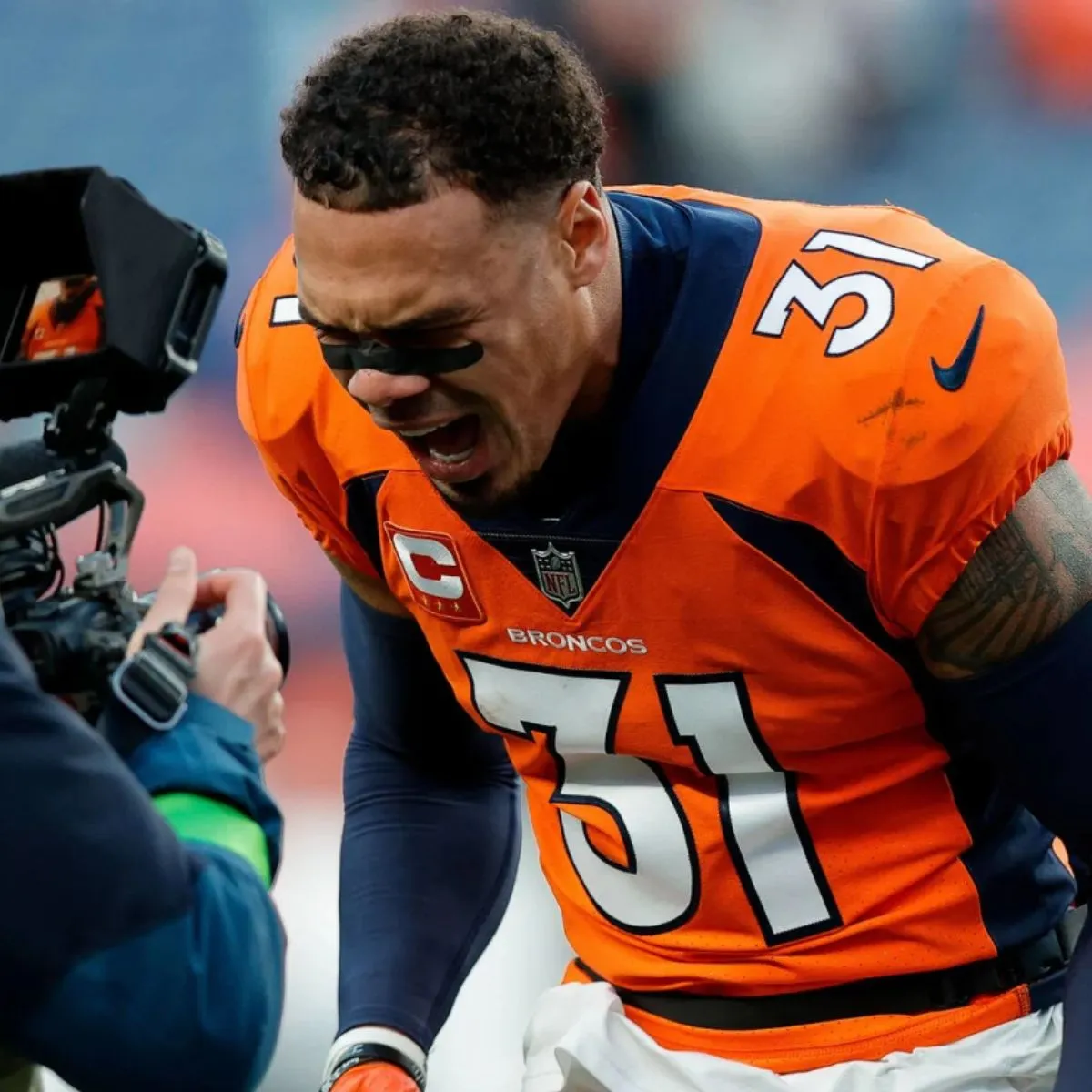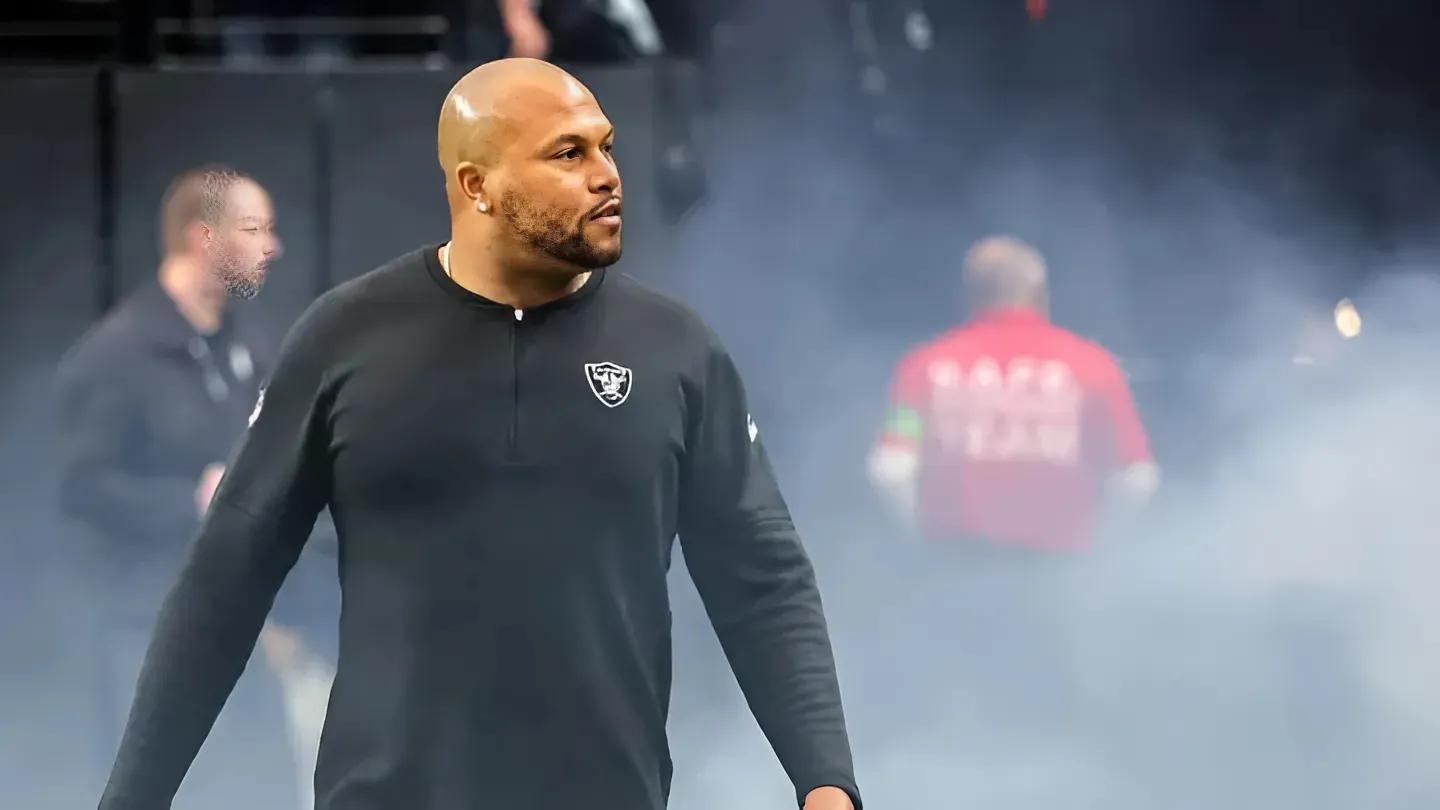The Denver Broncos face a tough decision: What to do with running back Javonte Williams?
It's a shame the Broncos need to have this conversation after Williams' multi-ligament knee injury in 2022, but it needs to be had. Do the Broncos try to trade him, cut him outright, or bench him and allow him to walk in free agency next spring?

Through three games this season, Williams has achieved a shocking 2.2 yards per rush on 24 carries for 52 yards. It's worth remembering that 3.3 yards per carry is the bare minimum teams want from a rusher.
Last year was a down year, as Williams averaged 3.6 yards per carry in his swift return from injury, a little over the minimum you want. So, what's the issue this year?
On the season, Williams has faced a stacked box, more than seven defenders, on 54.2% of his carries. The back with the second-highest rate of stacked boxes is seeing it on 38.8% of his carries.
That can be an issue for Williams, as he has the third-lowest yards per carry among qualifying running backs. It's easy to pin his struggles on the stacked-box issue, but when you dig into the numbers even more, it's not the true source of his struggles.
Williams has the fifth-most carries against a stacked box, picking up 27 yards on 13 carries, and that 2.1 yards per carry ranks 32nd among qualifying running backs. Again, this is expressly against stacked boxes. That isn’t good enough, but it is better than his 2.0 yards per carry last year against stacked boxes.
Against neutral boxes, meaning seven defenders, Williams has eight rushes for 19 yards. He has the lowest EPA/rush among qualifying running backs against neutral boxes, and his 2.4 yards per carry is the fifth-lowest. So even when teams aren’t bringing down an extra defender, Williams isn’t getting the job done.
What about light boxes, where there are six or fewer defenders? Williams only has three rushes against light boxes, but he picked up six yards, so 2.0 yards per carry.
Williams doesn’t have a low EPA/rush but has the third-lowest yards per carry. So the box count doesn’t matter for him; he's performing terribly no matter the situation.
In contrast, Broncos No. 3 running back Tyler Badie faced a stacked box on 77.8% of his carries against the Tampa Bay Buccaneers and picked up 70 yards on nine carries (7.8 avg). Stacked boxes aren’t an excuse for Williams.
He simply doesn’t have the vision to do well, as many other backs have shown this season. Vision was Williams' biggest knock coming out of North Carolina in 2021, and it remains his most significant vulnerability.
What Denver Should Do
Williams has done alright as a receiver, but he is the best blocking running back on the roster. Jaleel McLaughlin, Badie, and Blake Watson can’t replicate that aspect of Williams in the offense. That makes it hard to trade or cut Williams, but things could change when rookie fifth-rounder Audric Estime returns from injured reserve.
The Broncos should keep Williams until Estime is back, but they should cut his touches, and continue using him as a third-down back in obvious passing situations as a receiver or blocker. But Sean Payton can't keep trusting him with the lion's share of carries.
Badie has the vision and quickness to counter stacked boxes and has done well in his limited opportunities. He has the hot hand, and in the NFL, that's who you've got to stick with.
Maybe Badie will hit a wall and open the door for Williams to bounce back. For now, it's clear which running back has the hot hand, and you can’t keep wasting downs by handing Williams the ball and watching him run into his blockers' backs to pick up two yards only to continue staring down the barrel of second-and-long and third-and-long situations.
It's a bad formula, especially with a rookie quarterback like Bo Nix.



